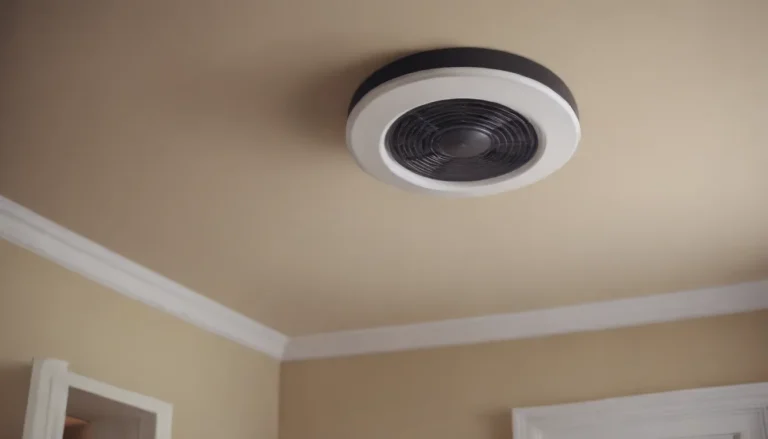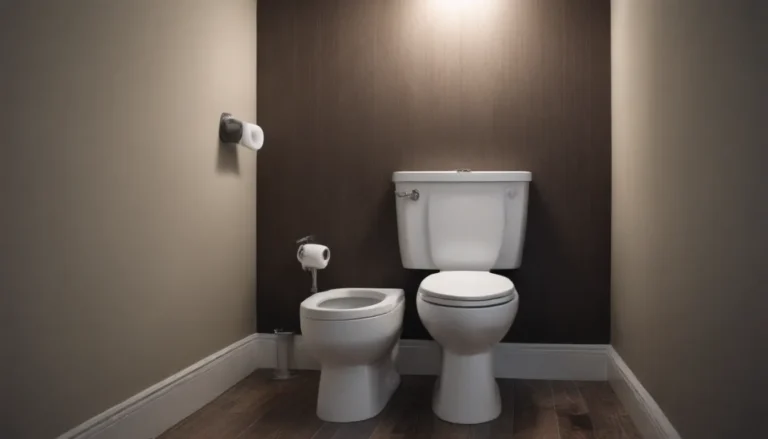Maximize Your Comfort: Window Air Conditioning Chart

Are you looking to cool down a specific area or room in your home? If so, a window air conditioner might be the perfect solution for you. Unlike central air conditioners that cool the entire home, window air conditioners are designed to target a specific space, allowing you to customize your comfort level. In this comprehensive guide, we will explore everything you need to know about window air conditioning, from selecting the right size unit to understanding the environmental impact of refrigerant transitions. So sit back, relax, and let’s dive into the world of window air conditioning!
Understanding Central Air vs. Window Air Conditioning
Central air conditioners utilize two coils to cool your entire home effectively. The condensing coil, which is located outside the home, works in conjunction with the evaporator coil inside to absorb heat from the air and release it outside. This process allows central air units to evenly cool the entire home through existing heating/cooling ducts. In contrast, window air conditioners feature a single unit that houses both the compressor and condenser. This compact design makes them ideal for cooling specific areas or rooms within your home.
Sizing Matters: Choosing the Right BTU
Selecting the appropriate size air conditioner for your space is crucial for maximizing efficiency and comfort. To determine the right BTU rating for your room, start by measuring the length and width of the area. Multiply these values to calculate the square footage. For example, a 10-foot by 15-foot room would equal a 150 square foot area. Refer to a sizing chart to find the recommended BTU rating based on the square footage of the room. This will help you choose an air conditioner that can effectively cool your space without overworking the unit.
But wait, there’s more to consider! Before purchasing a window air conditioner, measure the window opening where the unit will be installed. Check the unit’s box for a chart displaying the required opening size. Ensure that the air conditioner will fit securely in the window space before making a purchase. The size of the window opening can dictate the size of the unit you can install, so it’s essential to do your research beforehand.
Environmental Impact: Refrigerant Transitions
As technology advances, so do the refrigerants used in air conditioning units. Freon, a popular refrigerant brand, is being phased out due to its environmental impact. Newer, more environmentally friendly gases are being used in modern units. While the specifics of these new gases are beyond the scope of this article, it’s important to stay informed about the environmental implications of refrigerant transitions. The Environmental Protection Agency (EPA) regulates the use of refrigerants to minimize their impact on the environment.
In the pursuit of a greener future, manufacturers are developing air conditioning units that are more energy-efficient and environmentally friendly. By understanding the transition to new refrigerants, consumers can make informed decisions that benefit both their comfort and the planet.
Conclusion
In conclusion, selecting the right window air conditioner for your space involves considering factors such as room size, BTU rating, and environmental impact. By following the guidelines outlined in this article, you can make an informed decision that optimizes your comfort while minimizing your carbon footprint. Remember to measure your space, check the sizing chart, and stay informed about refrigerant transitions to ensure that your window air conditioner meets your cooling needs effectively and responsibly. Stay cool, stay eco-friendly, and enjoy a comfortable living space with the perfect window air conditioner for your home.





